This wildlife photographer captures the hidden beauty of Malta’s natural environment
Camera at the ready: there’s almost 1,000 different species of flora on the Maltese Islands - enough to keep a nature photographer quite busy!
Malta is probably not the first destination that comes to mind when you think of nature photography, but look beyond the urban developments and you'll be able to zoom in on rich albeit endangered flora and fauna. We ask Malta’s pre-eminent wildlife photographer, Guido Bonett, which are the best places to capture Malta’s wild beauty.
Nature and wildlife have been at the centre of Guido Bonett’s life since childhood. Growing up in Birkirkara in the late 1950s in what was then still a semi-rural area, he showed an early interest in the environment. But it wasn’t until a two-year stint in Germany at the age of 10 that the seeds of a real passion were sown, and continued to flourish throughout his long and distinguished career as a nature photographer.
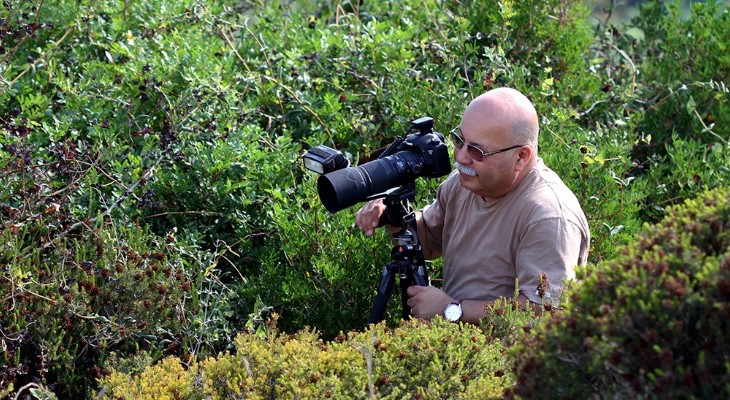
Guido Bonett in his natural habitat
With his photographs published in countless publications both locally and abroad, as well as his own books on Malta’s natural history and countryside, Guido points out that the Maltese Islands still have a lot to offer in terms of nature photography, if you know where to look.
“Ever since I can remember I have had this fascination with nature and wildlife, but what really helped me become so committed to the subject was a two year stint in Germany when I was still 10 years old, going to a British Forces school and joining the nature club, getting involved with bird watching, building ponds and rearing butterflies. That was it, I was hooked,” he reminisces.
Nature books he was given 50 years ago still take pride of place in his library today. Of course, those books were packed with photographs which, along with publications such as National Geographic, helped inspire Guido in his early years as a photographer. He quickly realised that photography could be more than just a hobby but could serve a purpose.
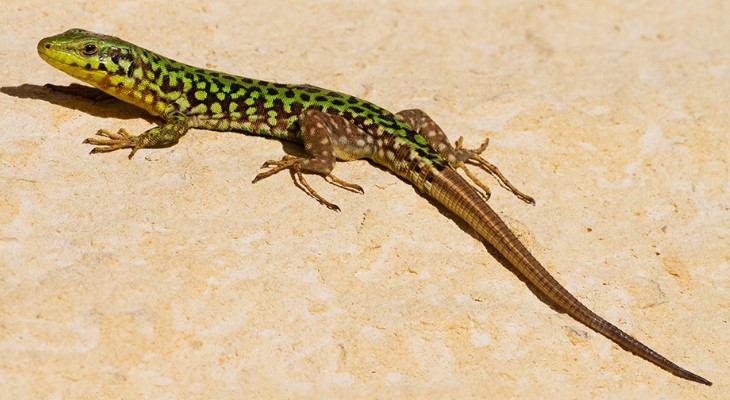
Guido Bonett - Maltese Wall Lizard
“When I started getting involved in various conservation movements here in Malta, like the Malta Ornithological Society and the Natural History Society, I started to realise that photography could be an important tool in our work as conservationists, and I started to take an interest in the matter,” says Guido.
By his own admission, Malta is not the place to be if you want to photograph the larger kind of wildlife. However, Guido does point out that Malta is a very good place for wild flowers and insect photography.
“Nearly 1,000 different species of flora have been identified in our 300 square kilometres of land, enough to keep any nature photographer busy for some time,” says Guido.
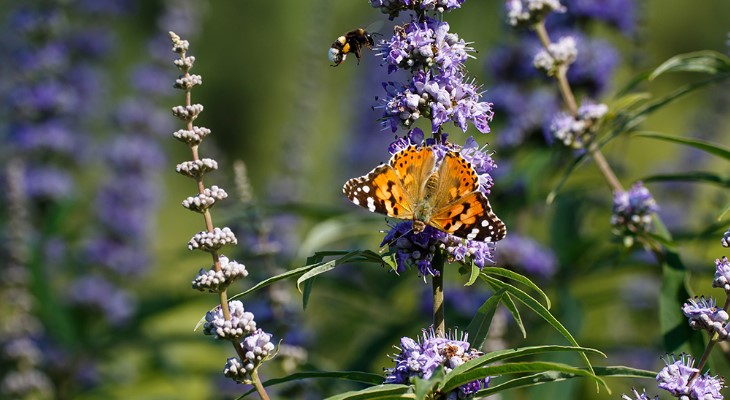
Guido Bonett
“Then there are the birds which, during the spring and autumn migrations, provide good subjects especially if at the nature reserves such as at Ghadira in Mellieha and Simar at Xemxija Bay. Buskett Gardens will be a great place to photograph the various species of birds of prey crossing over the Islands in Autumn,” suggests Guido.
He adds that the best season for nature photography in Malta would have to be spring, from March till late May, when the flora and insect life is out in force. His favourite subject matter is macro work such as insects, but also reptiles such as lizards and snakes.
Guido has travelled extensively around the world, capturing some incredible wildlife with his camera lens, but he still has his favourite spots in his home country.
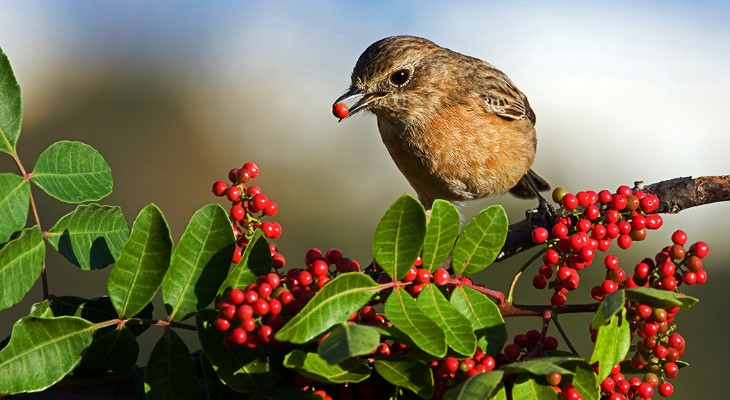
Guido Bonett
“My favourite locations have to be the Majjistral Park for landscape and flora, Foresta 2000 at Mellieha for insects and reptiles, and the Ghadira Bird/Nature reserve for birds. I like to visit Buskett Gardens in the summer months because of the shade and butterflies that can be found there,” he says.
“I am always being asked by people and other photographers about how and where I manage to find my subject matter here in Malta, and the techniques I use,” he adds. “This prompted me to publish my book ‘The Natural History of the Maltese Islands” to help photographers wanting to go into this type of photography.”
Guido laments the urbanisation of the islands and calls on anyone interested in this field of photography to use it to convey a message about conservation.
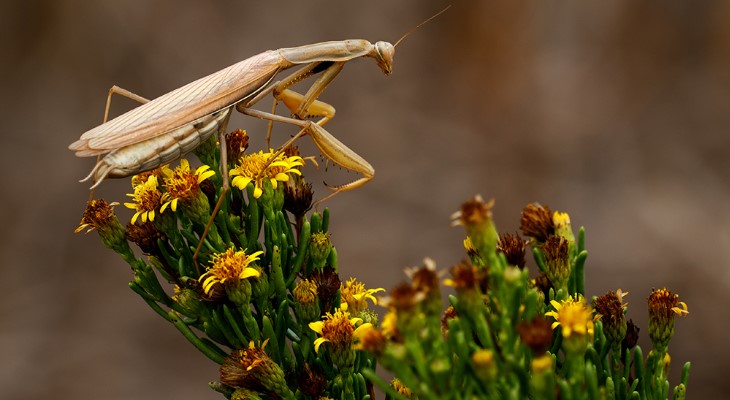
Guido Bonett
“Unfortunately, I have to say with a sad heart, that the future for wildlife and nature in Malta looks bleak. We are losing habitats and species continuously because of the rampant building going on all around us. Nothing is sacred anymore, and my biggest nightmare is that many of the species depicted in my book will end up being just that, a photo showing things that have become extinct, which our children will not be able to see in real life. And it has already started to happen.”
“I would tell anybody going out to start engaging in nature photography to do so with a scope, that of showing the people of these islands that we still have some great stuff worth saving,” points out Guido. “As they say, a photo is worth a thousand words, so let’s use our photos to pass on the message: Our wildlife/Nature needs our protection,” says Guido.